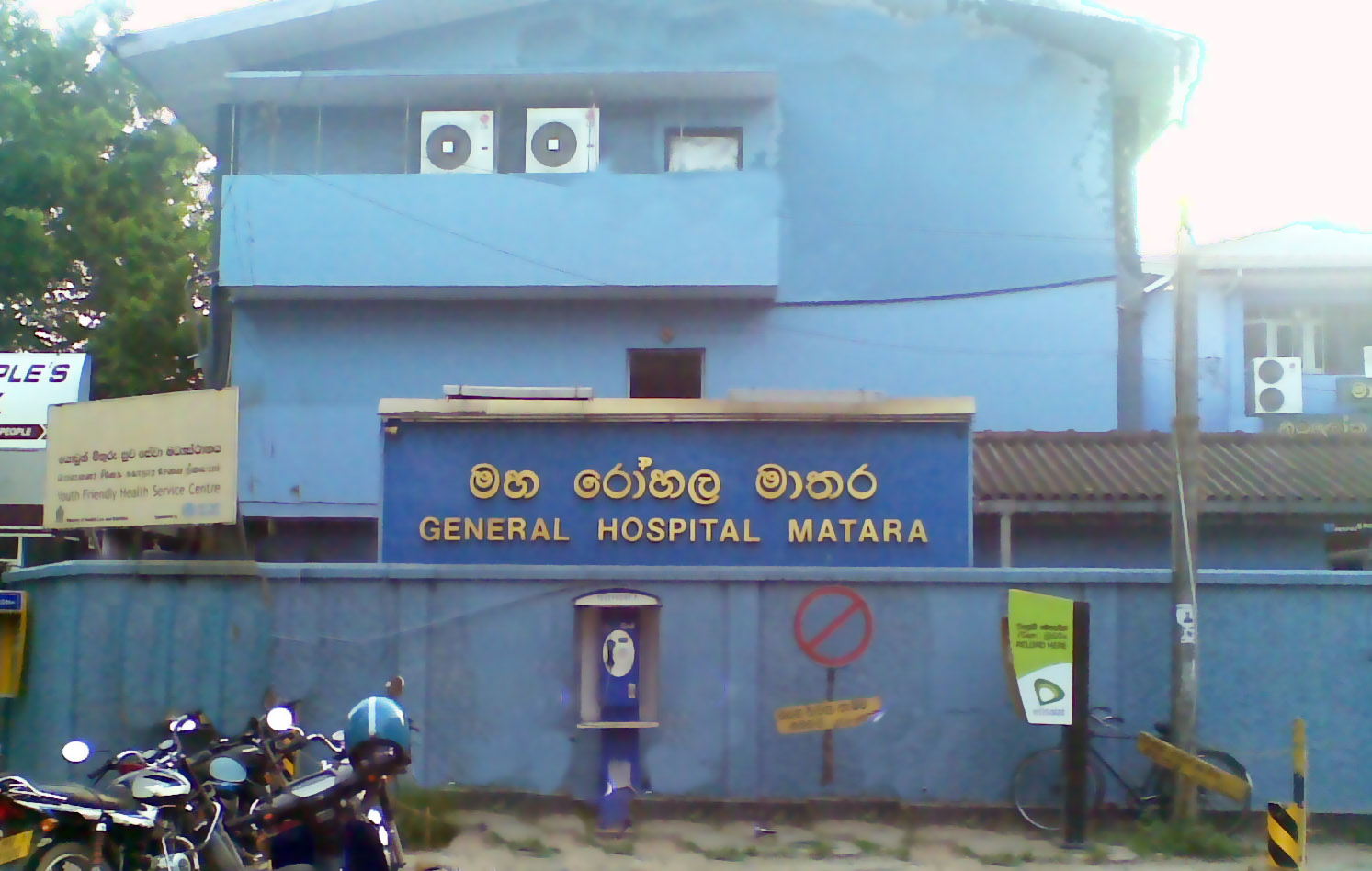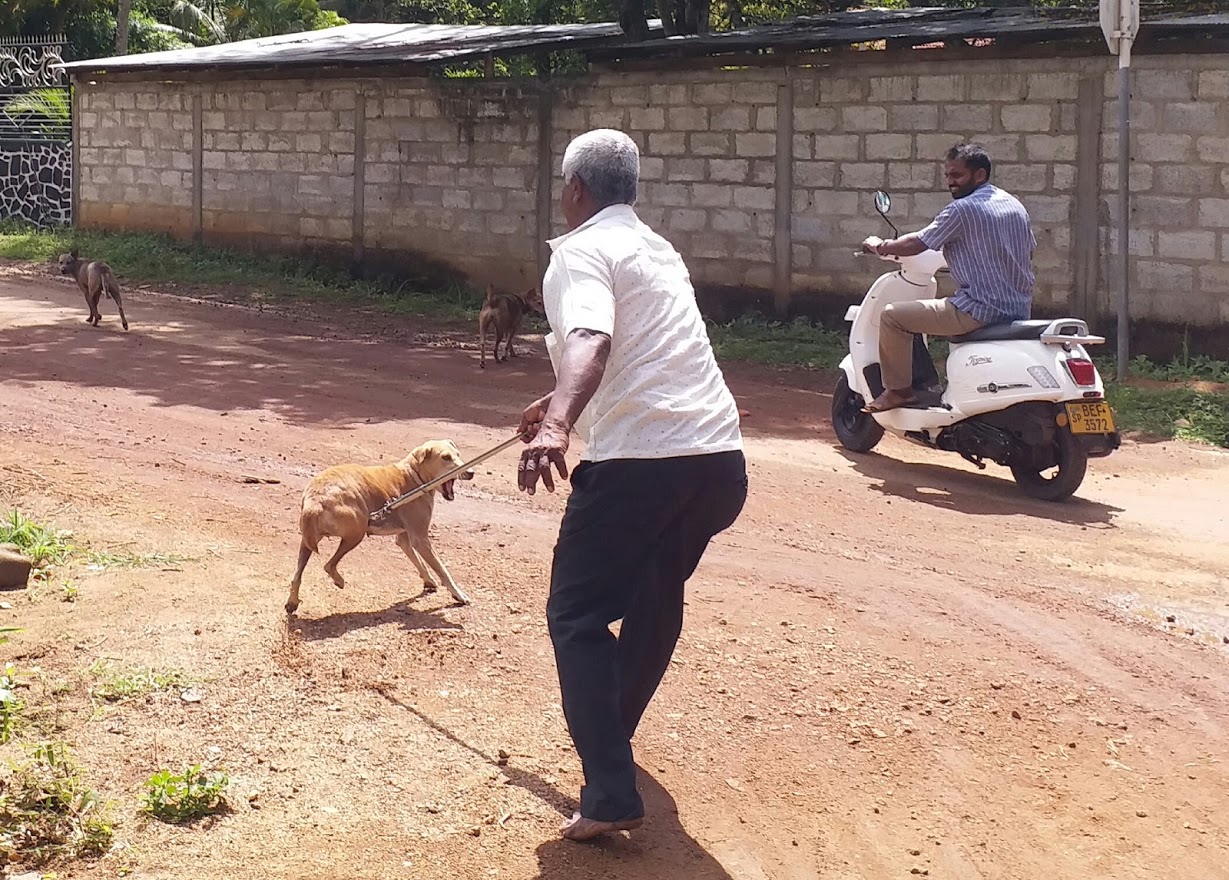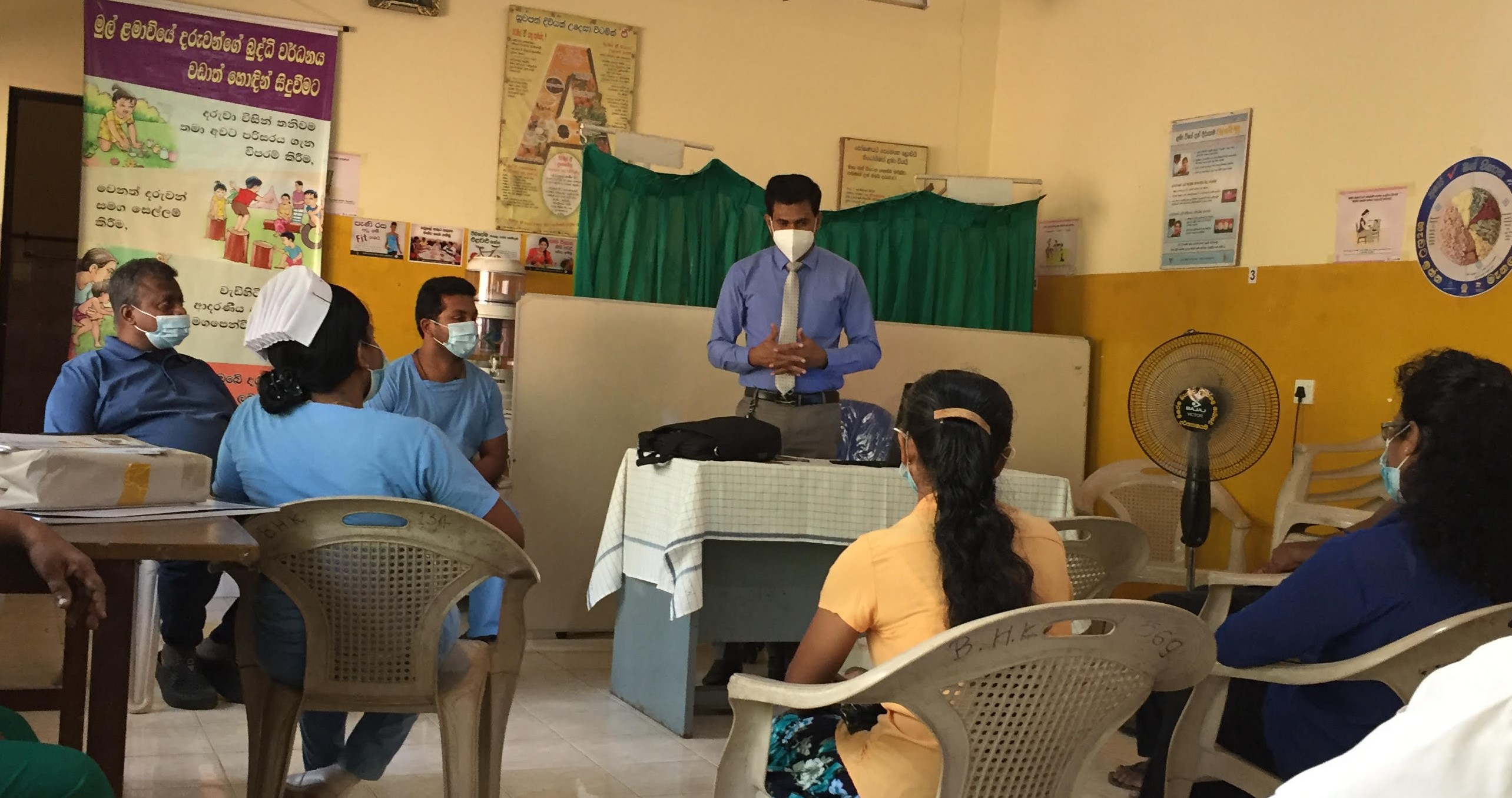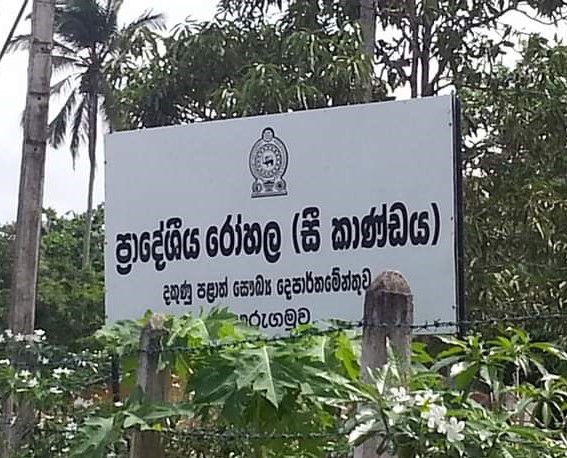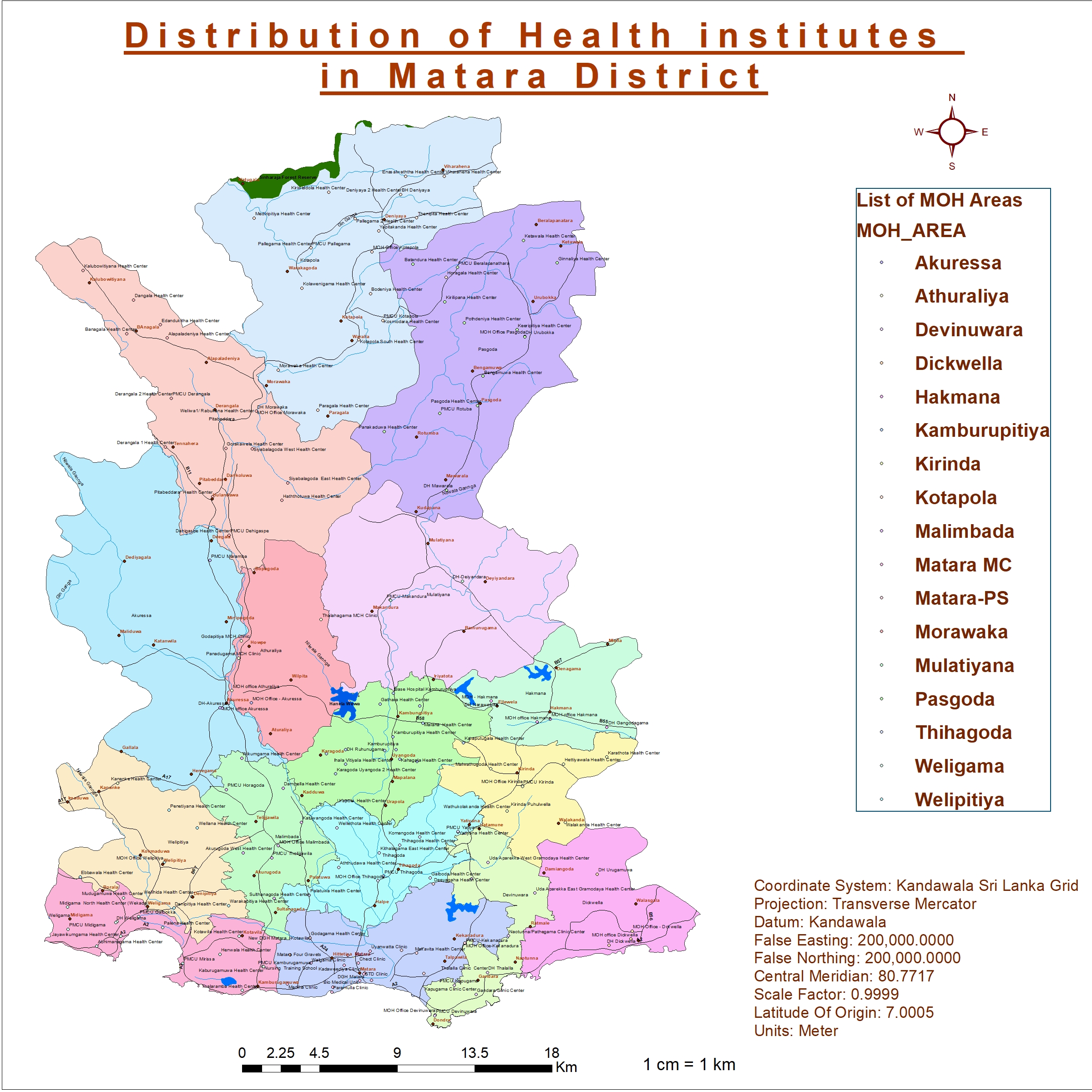About Us
Introduction
Regional Director of Health Services (RDHS), Matara, Manages all curative and preventive health institutions which come under the Provincial council's administration except for the 2 institutions directly administered by the central government (i.e : Old District General Hospital (DGH), Matara and New DGH, Kamburugamuwa). Forty-three (43) health institutions including 2 Base Hospitals (BHs), 13 Divisional Hospitals (DHs),22 Primary Medical Care Units (PMCUs) and 17 Medical Officer of Health offices (MOHs) operate within the Matara District. In addition to those, the 2 DGHs which operate as reference centers provide health services to the public of Matara District. Total health care staff of the District is about 6789.
There are 2 Government Ayurvedic Hospitals and 8 Dispensaries providing health care to the public of the District which are under the administration of provincial council. 'Suwaseriya' ambulance service also provides pre-hospital care for the public as a private-public partnership. Private health care providers (both Allopathic and Ayurvedic) contributes immensely for the health care provision in our District.
The historical city 'Matara' mainly based on agricultural (tea being the major economic crop) and fishing economies belonging to wet Zone also boasts a rich biological diversity is conveniently located on the southernmost part of the island bordering magnificent Indian Ocean; passing Nilwala River, old Dutch Fort and Star Fort are the major landmarks and mesmerizing scenes of the city. There are many historical and archaeological site dispersed in the District. Matara is considered a major cultural hub of the Island and a popular tourist attraction.
Matara district is conveniently located between Galle and Hambanthota districts and bounded by Divisional Secretary's Divisions of Kolonna and Kalawana of Rathnapura District in the North; by Divisional Secretary's Divisions of Imaduwa. Habaraduwa. Yakkalamulla, Thalawa and Neluwa of Galle district in the West; by Divisional Secretary's Divisions of Okewela, Beliatta, Katuwana and Walasmulla of Hambanthota district in the East. Population of Matara District is 863000 at the latest census in 2011. The district spans around 1282.5Km2 in extent and it is 1.96% and 23.14% of total land area of Sri Lanka and Southern Province respectively. The average rainfall of Matara District ranges between 2000 - 2500mm, and mean temperature being 25-270C. Floods and landslides are considered main natural disasters of the District. Matara District consists of 7 electoral regions, 17 AGA Divisions and 156 Grama Niladhari (GN) Divisions.
Units
Techinical Units
This contains several units including NCD unit,Planning unit,MCH unit,Health quality and safety unit etc.
Administration and Establishment Branch
The main function of the branch is to manage the health staff of the District Health Services director's office
Accounts and Salary Branch
The main objective is to create a conducive financial environment for the continuous and effective maintenance of the services of the
RMSD
Lorem ipsum dolor sit amet, consectetur adipiscing elit. Curabitur hendrerit, leo vitae interdum...
Biomedical Engineering Unit
Manage medical equipment preventive and corrective maintenance within Matara district in an efficient manner.



